Xcode 9 seems to have many different manifestations of this problem. Some of the other answers address specific problems, but this definitely occurs when there is nothing wrong with your project. These steps always resolve for me (in order from least painful to most painful):
- Try running it again. Sometimes it works on the 3rd or 4th time.
- Unplug the device and plug it in again.
- Restart Xcode.
- Clean build folder (not a regular clean - this is cmd+option+shift+K or hold option in the product menu) and then rebuild.
If all else fails, once a full restart fixed it for me. But probable something else was the root cause.
Hopefully Xcode fixes these problems soon...but I'm not hopeful.
